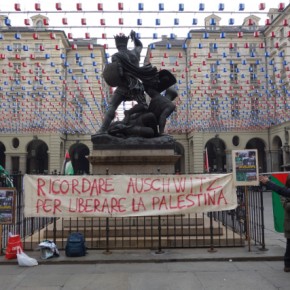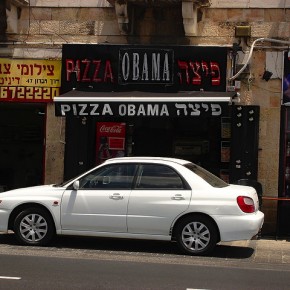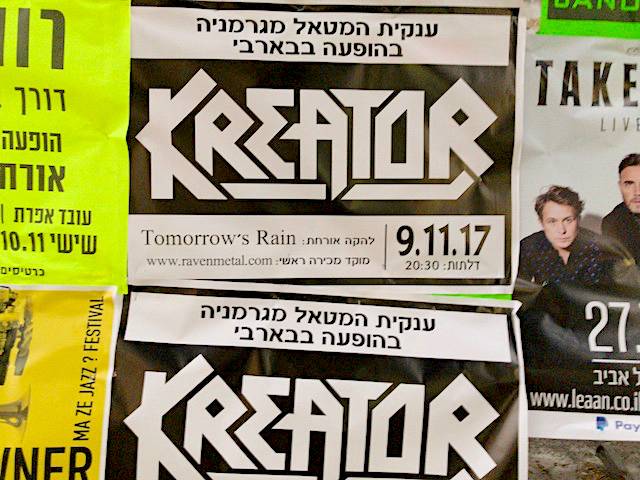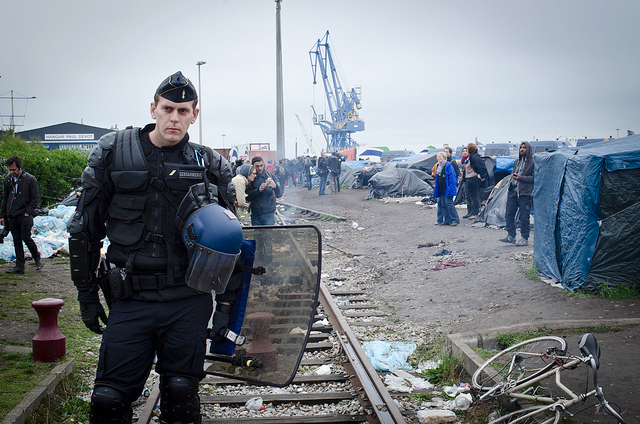And then there was a ray of light. In the wake of the May 2012 race riot in Tel Aviv, the mainstream media was suddenly paying attention to African refugees in the Jewish state. My agent called to say that we might be able to ride the wave of violence to sell my book about migrants in Israel.
There’s something wrong with an industry that only sits up and takes notice when things get bloody. There’s something sick to me about riding the riot and the asylum seekers’ fear and suffering. But, hey, sex and violence sells. As a number of my students pointed out, blood calls international attention to issues that the world usually ignores. And it seems the only way to force Israel’s hand.
During and after Operation Pillar of Defense, my students in the West Bank were divided on the role armed struggle should play in Palestinian resistance. Some felt that violence only begets violence and chastised their classmates who rejoiced in seeing footage of Tel Avivis dashing to bomb shelters. When one young man told the class that he was happy to see “Jews running like chickens” to take cover, a girl in hijab turned around and yelled at him, “Haram!” She went on to upbraid him for enjoying anyone’s suffering, including the Jews’.
Others felt that the frightful images coming out of Gaza—and the lopsided body count—might call the international community to action. And then there were those who were conflicted: Violence sucks, they said. But sirens in Tel Aviv and Jerusalem made Israel pay attention to Gaza and to ease the blockade a little bit. That proved to them that, as awful as bloodshed is, fighting back is the only way to “peace.”

It’s all too easy to blame the Israeli government for ignoring Palestinian demands for human rights. It’s comfortable to point the finger at journalists, editors, and publishers who follow a sensationalistic “if it doesn’t bleed it doesn’t lead” line. Sure, violence sells, and is inarguably entertaining. However, at the end of the day, the fault lies with a public that, to put it simply, just doesn’t care. Not just about the Arab-Israeli conflict.
Or does it? Noam Chomsky and others argue that the media plays a huge role in breeding public complacency. To the extent that this is true (it all depends on the news you consume,) the experience has dampened my enthusiasm for journalism. Even when news editors and publishing houses “get it”—and many of them do—they are too worried about sales to take any risks with content. This suggests that the real problem underpinning all these issues, including the highly profitable “conflict,” is the free market, to which even progressive publishers must appeal.
But this is the system, and I can’t overthrow it. So what options am I left with? To conform to a tired model of Israelis versus Palestinians; Jews versus Arabs. To go along with a binary of armed struggle versus non-violence rather than interrogating the fact that the Israeli military is considered legitimate while Palestinian militias are not. To continue to work as a “woman journalist.”
This is the part where I’m supposed to write a plucky ending—where I should come down on the side of digging in my heels and shaking my fist at “the industry.” This is the part where I should say that, screw it, I’m carrying on. Forging ahead. This is the part where I’m supposed to say that I have grit.
Right now, I’m not sure I have that fire left. But I wish I did.
Part IV: Back to where it all started – south Tel Aviv
Photographs courtesy of Joel Schalit





